Fashion: Manufacturing / Tuscany
Made to last
By buying into and nurturing manufacturing businesses, luxury-goods company LVMH takes care of their future as well as its own.
If you have ever wondered how cow or lambskin hides end up as a pressed, coloured and treated final product for your fashion accessories, then the family-run Nuti Ivo Group in Tuscany is the place to visit. The tannery might be rooted in Italian craft but its ambitions are global – especially since LVMH took a majority stake in the business last year.
“Here we can change the texture of the leather as well as dye it,” says production planner Umberto Nuti. He is pointing out the complex and multistage process involved in turning the raw material into a finished product as he gives MONOCLE a tour of the four factory buildings belonging to the group. Founded in 1955 by Nuti’s grandfather, the group is headquartered in Santa Croce sull’Arno, a Tuscan district that is home to more than 250 companies working with animal hides. “We can make the leather loose, grainy, tight, smooth or even fireproof,” he says, as the skins are loaded into giant metal drums. Nearby, a room is filled with boxes, each column of 18 palettes representing a truckload of skins. Once you are over the musky smell – more intense in the summer months – it offers a fascinating lesson in what remains an artisanal craft, even if the scale of the Nuti Ivo Group, which has five other tanneries in the area, is industrial.
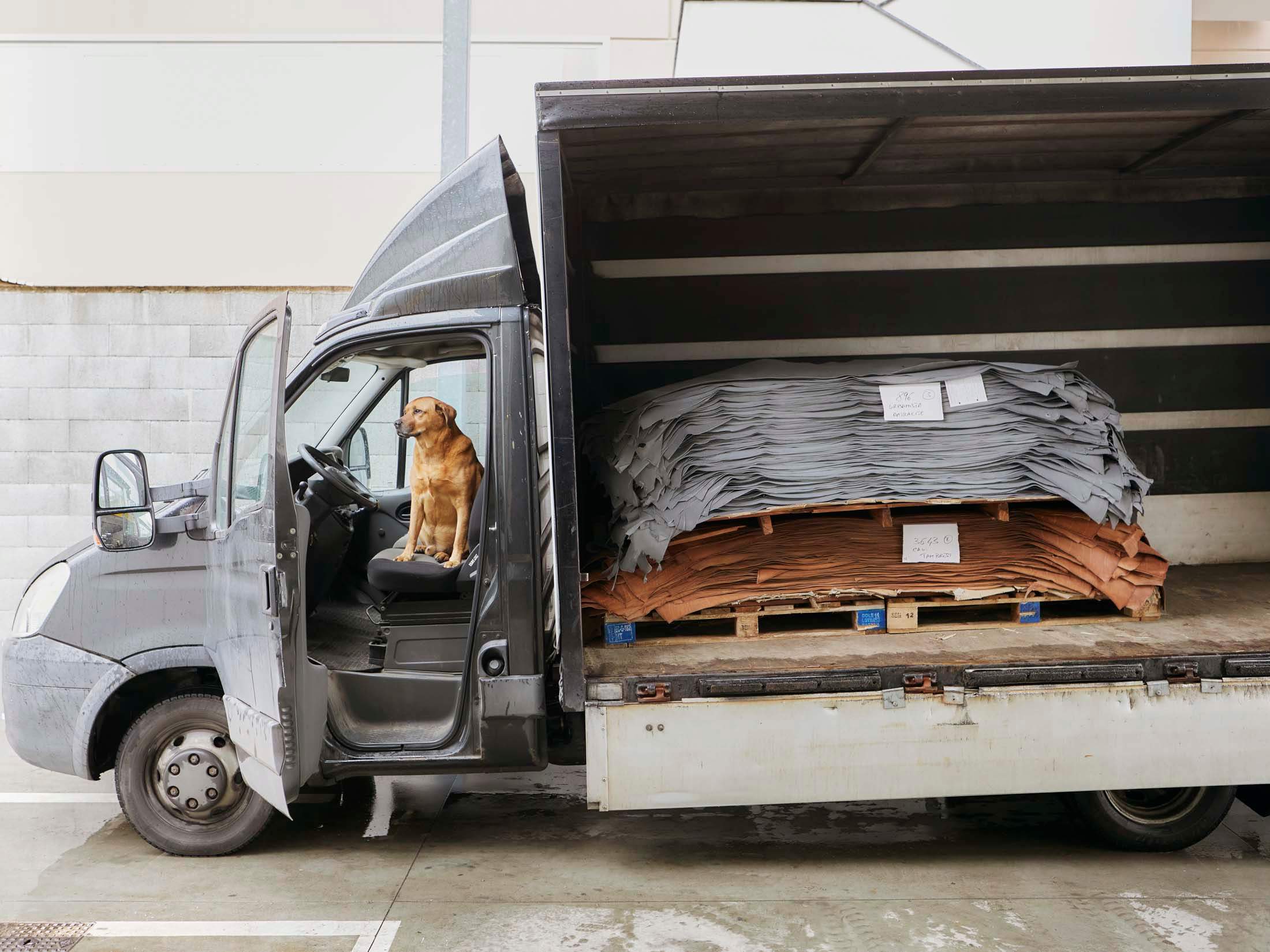
At the head of the group is Fabrizio Nuti (Umberto’s father), who explains the intricacy of the craft that he first learned as a teenager, while working on the factory floor during his summer holidays. “You’re starting with a material that is a moving target,” he says from the factory’s showroom. “Because your skin is not like my skin. You can try to standardise it but it’s not easy.”
Fabrizio says that the skills on display in Santa Croce can’t be codified in a book; it’s only something that can be learned through years of experience. It’s an intense job working the leather into shape, including washing in soap and salt to remove hairs, and turning hides into what is known in the trade as “wet blue”, the result of the chrome-tanning process. Then there are the manual checks, under intense lights, to see whether there are any defects before hides are graded from A to C. There’s also the cutting in half to separate the low-grade crosta (crust) from the most sought-after fiore (flower). And that’s just a small part of the washing, dying, cutting and smoothing being performed on a daily basis.
It’s no surprise, then, that the Nuti Ivo Group has been commanding the attention of the luxury industry, particularly LVMH. In May last year, LVMH Métiers d’Art, which is owned by the French fashion behemoth, took a 55 per cent stake in the tannery – part of a broader mission to develop a global network of specialised manufacturing facilities to service (albeit not exclusively) LVMH’s wide-ranging portfolio of brands. Given the Nuti Ivo Group’s reputation as a leader in the industry with generations of know-how, LVMH, which has ramped up its investment in manufacturing recently, wanted to be involved.
In fact, the relationship between the two companies goes back more than 30 years, so the decision to work closer together can be seen as a natural evolution. Fabrizio says that it was a good move – perhaps the only one his group could have made to secure its future, given the consolidation happening in the fashion sector in the past decade and the level of control retained by the big groups.
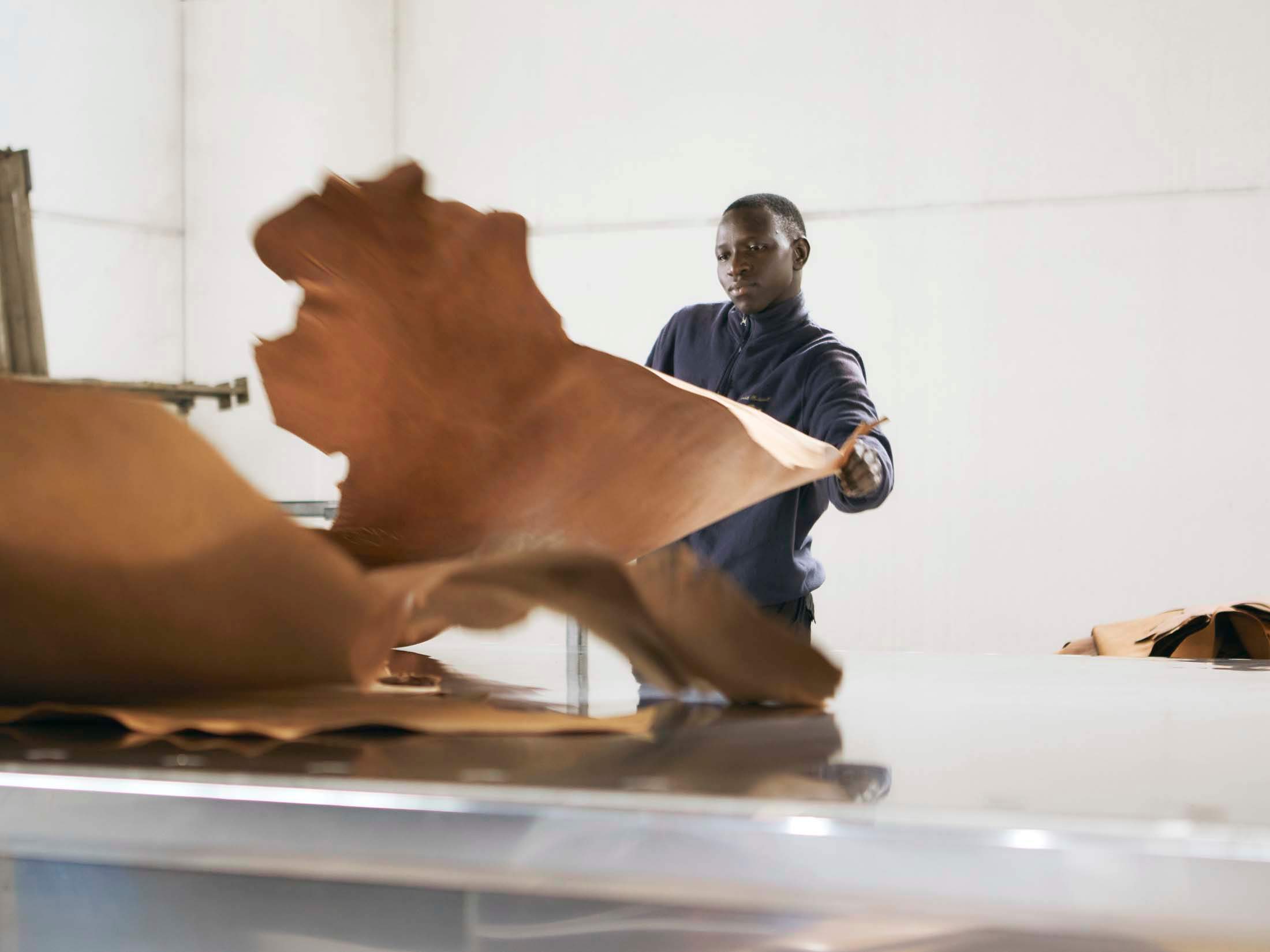
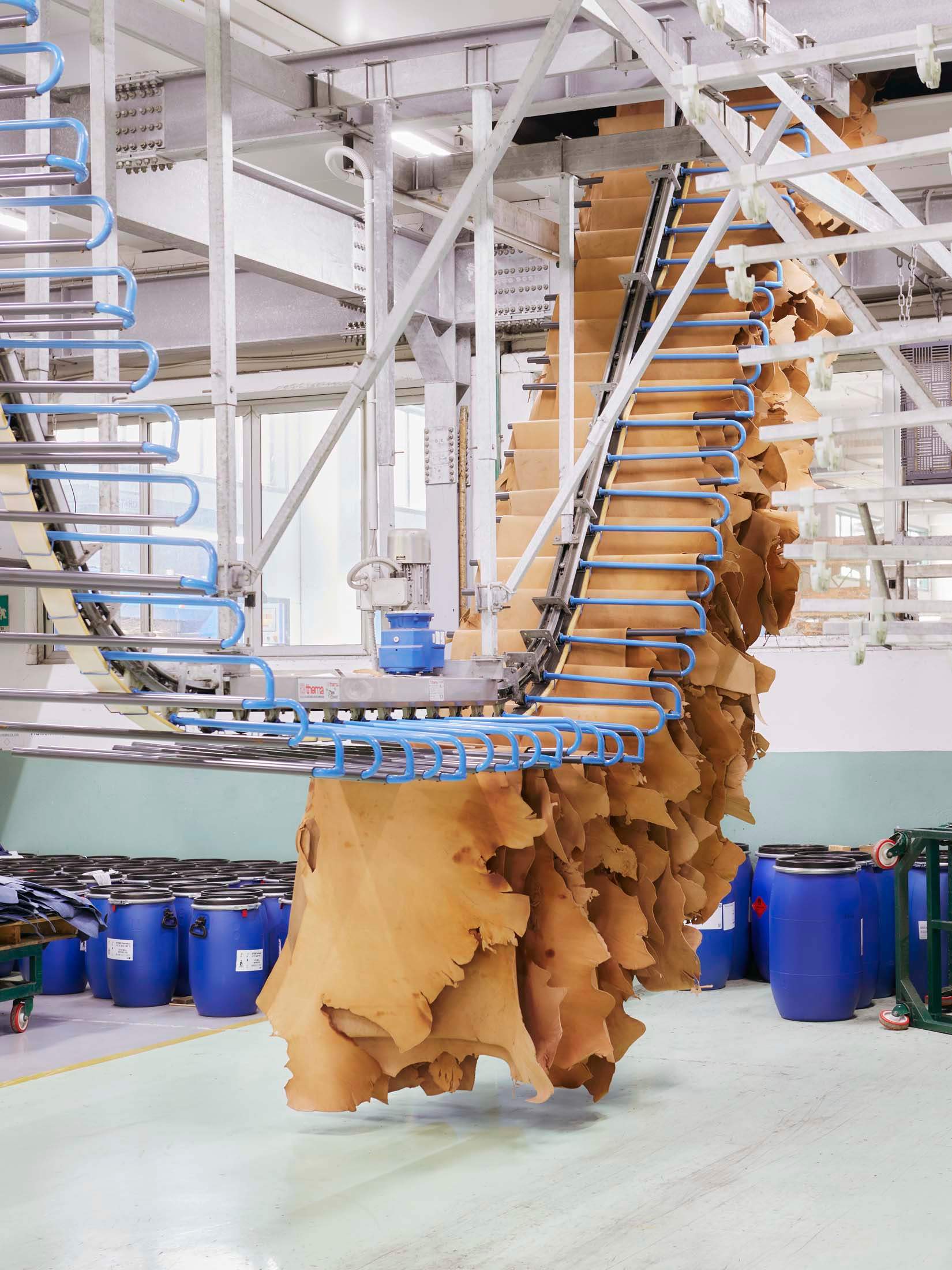
There are a lot of mutual benefits too. “As a customer and partner, we can share much more information and we will be able to better understand lvMH’s needs,” says Fabrizio. “They will also better understand what we need for our production. Plus, we expect that they’ll help us grow.”
A fashion multinational buying up a tannery might not come as a huge surprise any more. Most fashion groups have been doing this in order to have more control over the supply chain and to maintain an advantage over competitors. But there’s much more to be gained in the long term. “It’s a whole ecosystem that the luxury industry can tap into for excellence as well as innovation,” says Pierre Mallevays, co-head of merchant banking at Stanhope Capital in London, who has worked for luxury brands such as Celine and Tom Dixon. “LVMH, as the sector’s leading and most powerful player, has embraced it with enthusiasm.”
Italian-born Matteo De Rosa, CEO of LVMH Métiers d’Art since 2021, agrees. He was on the road for 240 days last year, thanks to the speed with which the company has been growing, and has overseen a move to a new Paris HQ on Rue Réaumur. His plan now is to consolidate the expansion and ensure that the company’s network is future-proof.
De Rosa, who meets Monocle for a coffee in Milan, is keen to point out that when LVMH Métiers d’Art invests in a manufacturer, it can continue to work with the rest of the industry. The Nuti Ivo Group, for instance, will still work with existing clients outside the group, which is not a problem for LVMH. “What we’re really doing is scouting and creating partnerships that will move the industry forward,” says De Rosa. “Of course, it’s about a positive bottom line but it’s also about maintaining the availability to the full industry – we’re open to the market.”
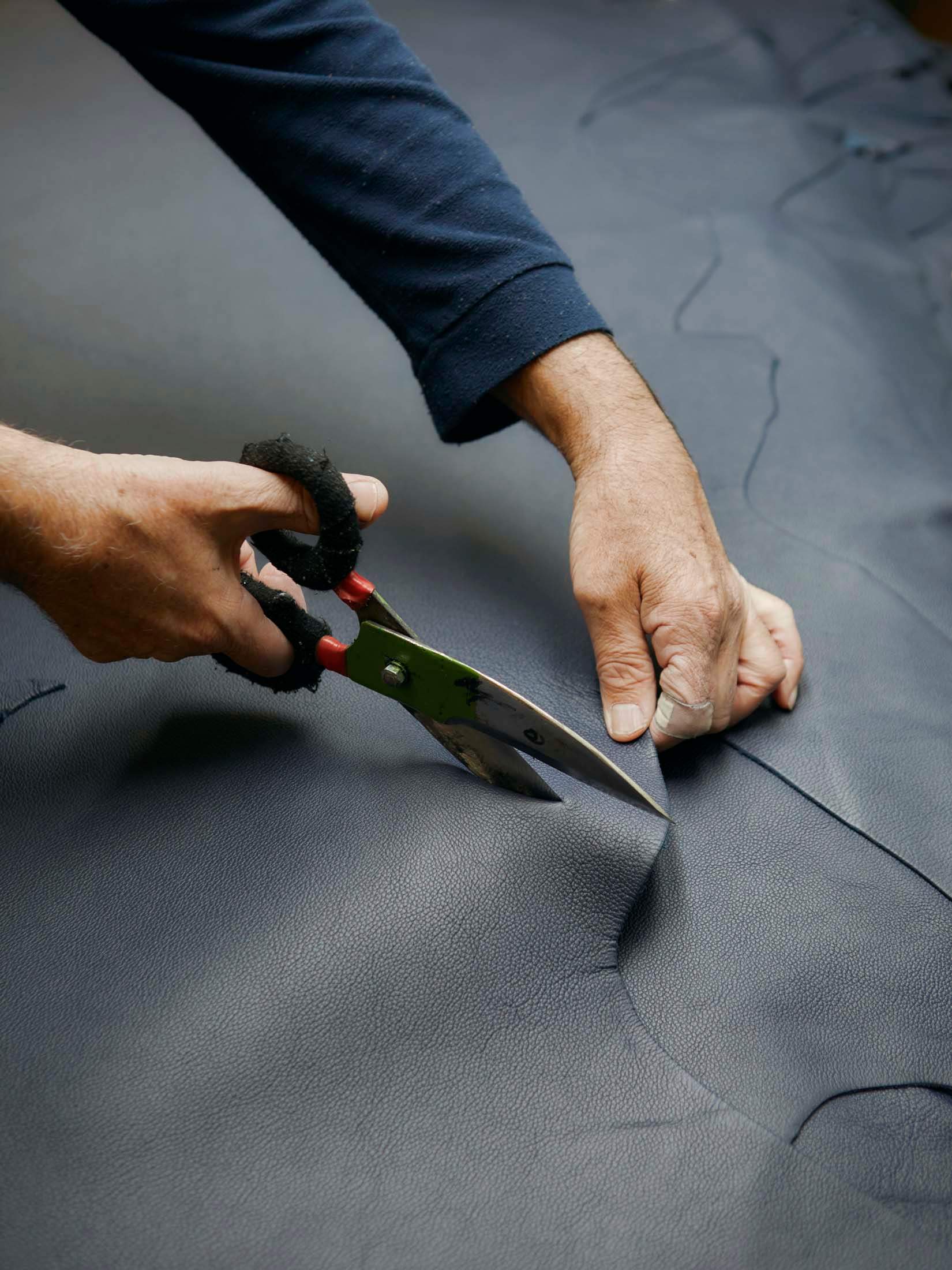
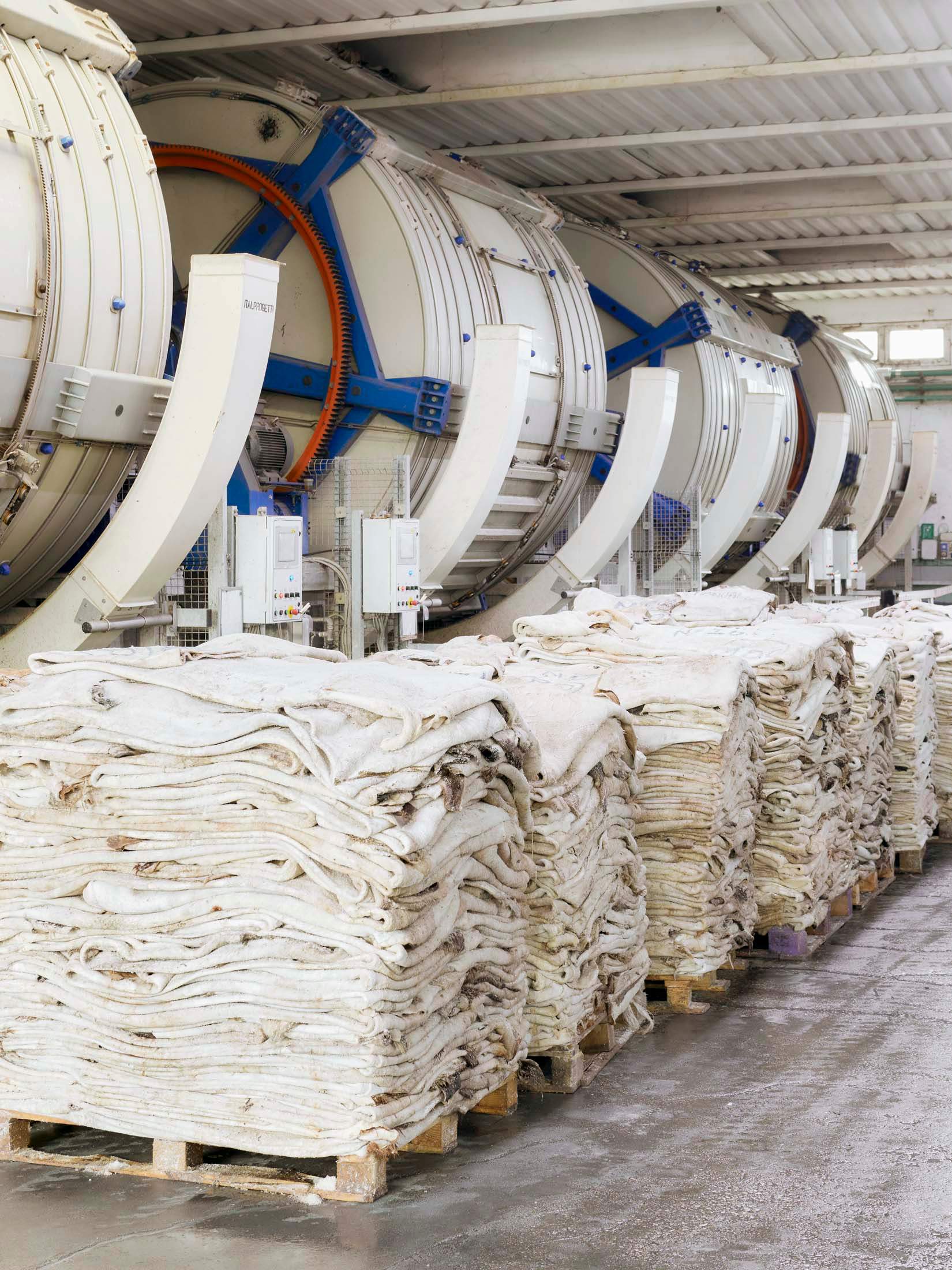
He calls the work he does an “insurance policy”, which essentially harnesses the deep pockets of LVMH to make sure that these world-class facilities can continue to operate. The model mirrors the work that the Chanel Group has been doing for decades by investing in artisan workshops such as embroiderer Lesage or milliner Maison Michel – and recently giving them all a new, modern home to operate from in Aubervilliers, Paris’s fast-developing suburb.
De Rosa jokes that appointing him as CEO of the Métiers d’Art division was something of a “strategic gamble” by LVMH. But his experience across luxury production has proven invaluable. Before joining the group, he co-founded leather-goods brand Sartie and served as president of Puig-owned Dries Van Noten in Antwerp, alongside other roles in China and Australia. The Nuti Ivo Group deal, which took about 18 months to cement, was one of De Rosa’s first at LVMH and he calls it a “meeting of like-minded people” who are committed to safeguarding the future of the tanning craft.
The Nuti Ivo Group partnership is only a small part of the LVMH Métiers d’Art investments, which also spans animal farming, textiles and metalwork. LVMH Métiers d’Art opened in Tokyo last year and now works with the likes of Kuroki, a denim producer, and Kyoto’s Hosoo, a family-run silk-production company, which started out by making kimonos in the 17th century. There are currently 17 companies in its network, from the US and Singapore to Australia, though lvmh doesn’t currently have a stake in Hosoo.
Being CEO of the division means working across time zones and sectors but also knowing how to deal with a range of personalities who might have had to make difficult decisions about their company’s future. De Rosa compares his job to that of a psychologist, given that he has to build trust and persuade companies to open up to potential change and innovation. “Opening your kitchen to others is not always simple,” he says. “Especially for people whose competitive advantage was to close the door and not show the recipes in their kitchens. It requires a huge effort.”
LVMH Métiers d’Art, which has a turnover of about €700m, is cash positive and De Rosa is keen to point out that his company is “a profit centre and not a cost centre”. Still, there isn’t an aggressive venture-capitalist mindset here, meaning that LVMH is happy to invest for the long term if everything looks to be heading in the right direction. “We say to our partners that this is a wedding that won’t end in divorce,” says De Rosa, explaining that the bottom line isn’t always the first conversation when he is holding discussions with a potential partner.
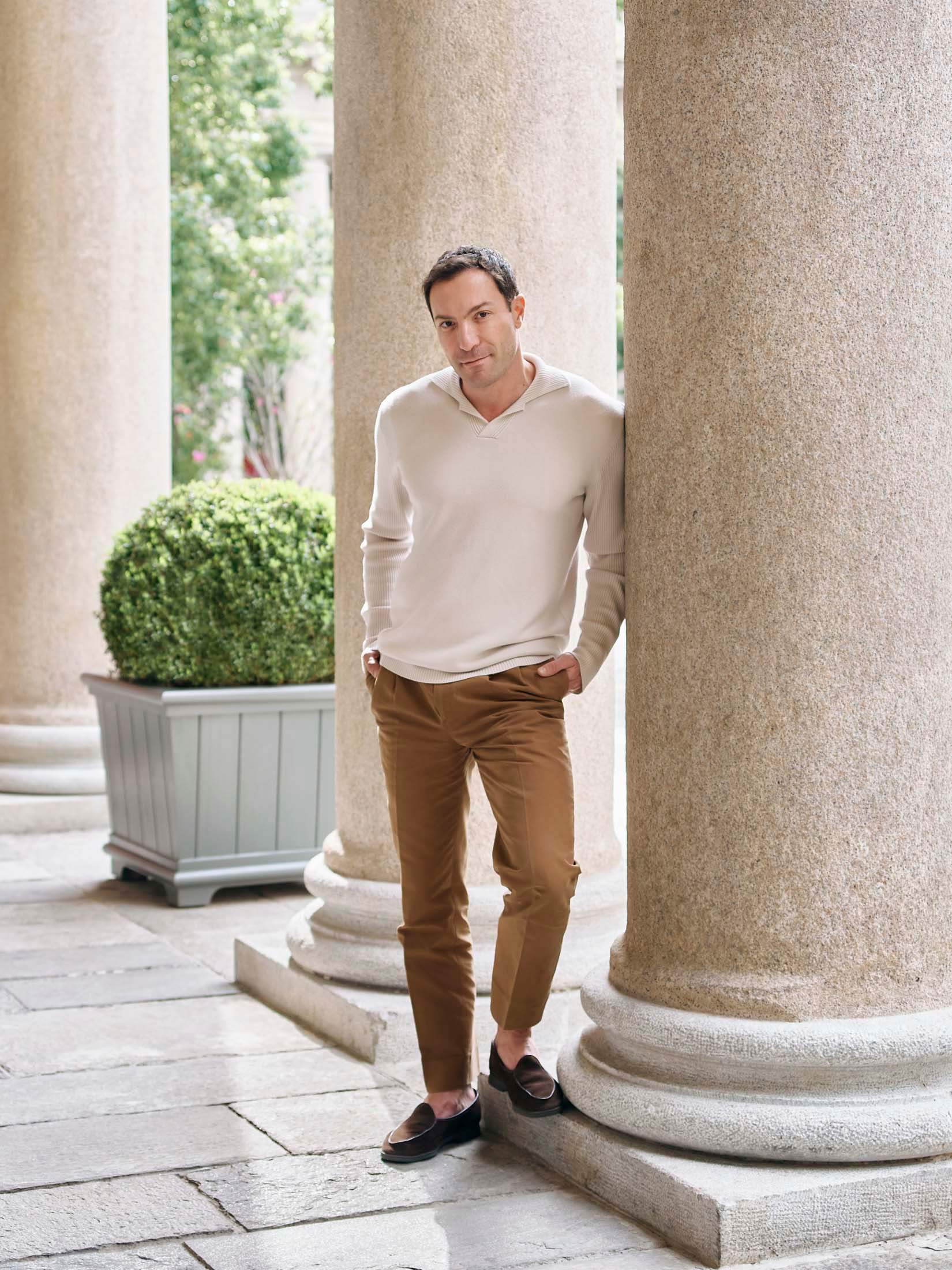

Instead, it’s “a question of mindset” and the willingness to “produce the excellence of yesterday, today and tomorrow”. He might be talking to the best company in the world but if the owners are fixed in their ways or too stubborn to see how change can be positive, then the deal is never going to go through.
One way in which LVMH Métiers d’Art has looked to open minds has been through artistic residencies. The programme sees artists spending at least six months at the facilities in its network and producing works that show off every workshop’s craft skills. Last year, for example, French artist, performer, and writer Josèfa Ntjam worked with metal specialists Jade Groupe, a tie-in that culminated in a show in Paris.
To sceptics, it might sound like a facile brand extension or a way to get into the cultural sphere. But for De Rosa, it goes back to the idea of getting people out of their comfort zones and celebrating the artisans, and encouraging them to keep growing. “What interests me is the creative process that is generated inside the company,” says De Rosa. “Because it completely changes the way they work and the way they think about their jobs.” It has already had a positive effect: new techniques, from colouring metals to a transparent leather, have been developed as part of the residencies.
Back at the Nuti Ivo tannery in Tuscany, work is showing no sign of slowing down. Hides are being hung on mechanised racks that move around the space to dry; this is just a small number of the roughly one million skins that the company works with every year, most of which are exported around the world. “There are a lot of tanneries that jump from one thing to the next because fashion is a bit like that,” says Fabrizio Nuti, as he walks over to meet his son, Umberto, and daughter Rebecca, the group’s traceability manager. “We’ve focused on doing fewer things and being the best.” Thanks to their well-endowed French benefactors, the Nuti Ivo Group’s best is about to get even better. —


